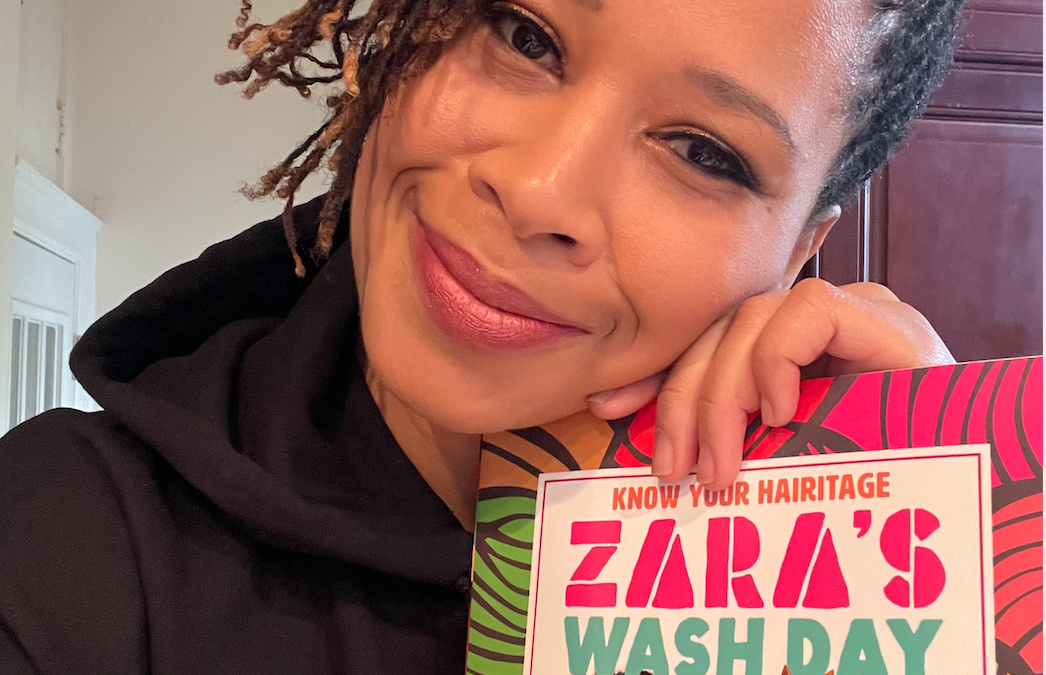
The Latest Hair Revolution: A Celebration of Choice, Not Celebrity
The beauty industry is experiencing yet another revolution, with textured hair care evolving from the celebrity talent pool. Gone are the days of struggling to find products that meet the unique needs of Black and Brown hair. Today, we’re bombarded with an abundance of options, and that’s a cause for celebration, not competition.
This explosion of brands isn’t just a trend – it’s a reflection of the immense buying power of Black beauty consumers, which was a staggering $9.4 billion in 2023 with dollar, unit, and household growth outpacing growth for the United States according to a Nielson NIQ report. It’s no surprise that major retailers are taking notice and dedicating coveted shelf space to cater to this underserved market.
The arrival of celebrity brands like Beyoncé’s Cécred and Rihanna’s Fenty Hair has undoubtedly generated significant buzz. While some debate the launch strategies and product performance of these lines, others question if the celebrities themselves are “deserving” of success.
Here’s the truth: the beauty market is vast and diverse. Some consumers will gravitate towards premium, luxury brands like Cécred seeking high performance and a touch of exclusivity. Others will find loyalty in lines like Fenty Hair, offering reparative solution products for various curl patterns at a more accessible price point and distribution. And then there’s the value-conscious consumer who prioritizes budget over brand efficacy and loyalty.
Instead of getting caught up in celebrity endorsements, let’s focus on the bigger picture. Today, we’re no longer forced to settle for subpar options. We have the freedom to experiment, discover, and tailor a haircare regimen that celebrates our individuality.
This latest revolution didn’t happen overnight. We owe a debt of gratitude to the countless Black and Brown entrepreneurs who have been pushing boundaries for years. Pioneering brands like Kreyòl Essence by co-founders Yve-Car Momperousse and Stéphane Jean-Baptiste, Eden Bodyworks by Jasmine Lawrence, Taliah Waajid Brand by Taliah Waajid, TPH by Taraji P. Henson, Sienna Naturals by Issa Rae and Hannah Diop, 4U by Tia Lowry, Pattern Beauty by Tracee Ellis Ross, Carol’s Daughter by Lisa Price, TGIN by Cris-Tia Donaldson, Camille Rose by Janell Stephens, and Mielle Organics by Monique Rodriguez, along with countless others, paved the way for today’s flourishing marketplace. And we can’t forget about our Latinx founders who are changing the haircare game like, Babba Rivera of Ceremonia, La La Anthony of Inala, Julissa Prado of Rizos Curls, Aisha Cebellos-Crump of Honey Baby Naturals and Botanika Beauty, and Lulu Cordero of Bomba Curls.
Ultimately, the true winners in this beauty revolution are us, the consumers. We have the power to choose, to experiment, and to embrace the beauty of our coils in a multitude of ways. So, let’s celebrate the options, honor the pioneers, and most importantly, celebrate ourselves. The future of textured hair care is bright, and it’s a future built by and for us.
Zenda M. Walker is the award-winning author of “Zara’s Wash Day” and “Zion’s Crown”-two books in the Know Your Hairitage series. She is represented by The Seymour Agency.



